
A Century Apart – Parisians Succeed in Spite of Themselves…
Parisians, like most of us, sometimes succeed in spite of themselves. This is nowhere more true than in the controversies surrounding two of the most iconic Parisian landmarks, exactly 100 years apart.
I’ll take the second one first. I. M. Pei’s Pyramid at the Louvre. Set square in the middle of what might be the most beautiful building in the world is a space age glass pyramid emerging from the courtyard. Its glass and metal structure couldn’t be more different than its settings if it were a fish on Mars. But here’s the thing… unlike (presumably) a fish on Mars, Pei’s Pyramid fits, it actually enhances its surroundings, helps to bring the Louvre to life.
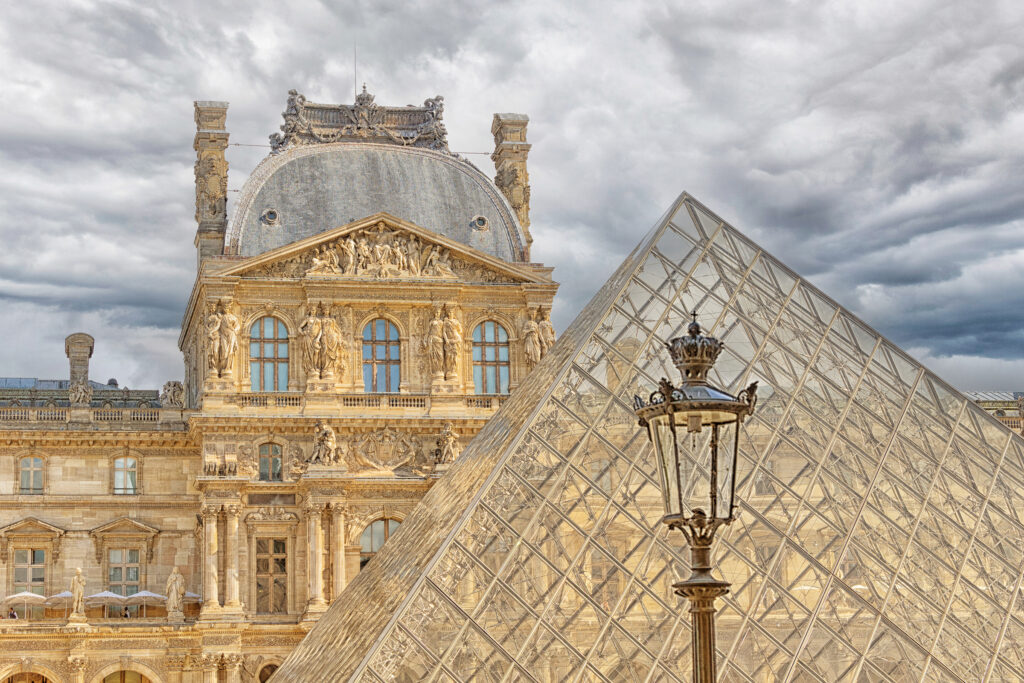
But 35 years ago, Parisians weren’t so sure! There was tremendous debate after President François Mitterrand selected Pei’s design without a competition. A fury across the city and country ensued. Sacrebleu! How could he desecrate this extraordinary French patrimony with something so vulgar, particularly designed by an American! Le Monde’s architecture critic at the time called the structure “a house of the dead” and said Pei was treating the courtyard of the Louvre “like an annex of Disneyland or bringing Luna Park back from the dead.”
Despite all of the handwringing and vitriol President Mitterrand remained steadfast and in 1989 the Pyramid opened. And it was extraordinary. The Pyramid above was reflected by a reverse pyramid nearby below, and mimicked above by smaller pyramids on three sides while the entire new subterranean Louvre welcome center was efficient, elegant, and spacious. Now, three decades later the world recognizes the Pyramid as as much a part of the Louvre as the extraordinary building itself.

Interestingly, the convulsions and angst that Paris experienced in the late 1980’s is a carbon copy of what the city experienced exactly 100 years before. Of course that time it was the Eiffel Tower that was set to destroy the beauty of Paris. It was set to be the centerpiece of the 1889 Paris World’s Fair (Exposition) and the controversy began long before it even opened!
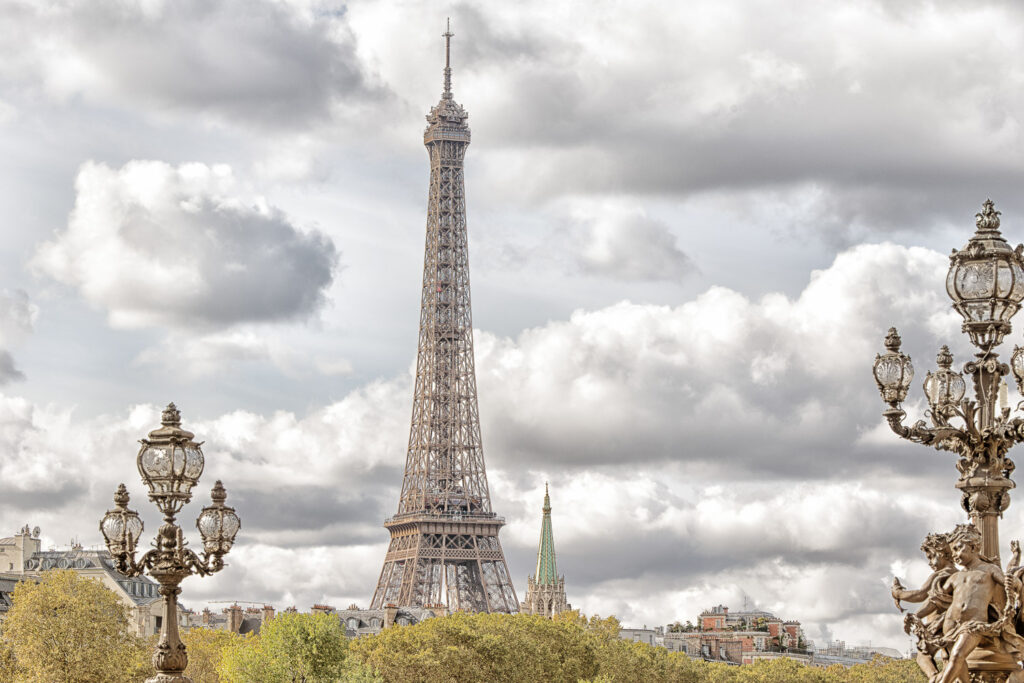
Eiffel’s contract called for him to build the tallest structure ever but the key challenge was to keep the wind from knocking it down, which is why he chose a fretwork design.
Despite Eiffel’s success with the very complex railroad bridges, there was a great deal of apprehension in Paris about his tower. Many worried that the eyesore could sully Paris’s skyline. Others were concerned that the wind would knock it over. Spearheading the opposition to the Tower was a group of some of France’s most important artists and writers at the time who penned a letter seeking to derail the project. Among them were the writers Guy de Maupassant and Alexandre Dumas Jr., Emile Zola, the poets François Coppée, Leconte de Lisle and Sully Prudhomme. Two others included were William Bouguereau, this writer’s favorite artist, and Charles Garnier, the architect of Paris’s extraordinary Opéra Garnier.
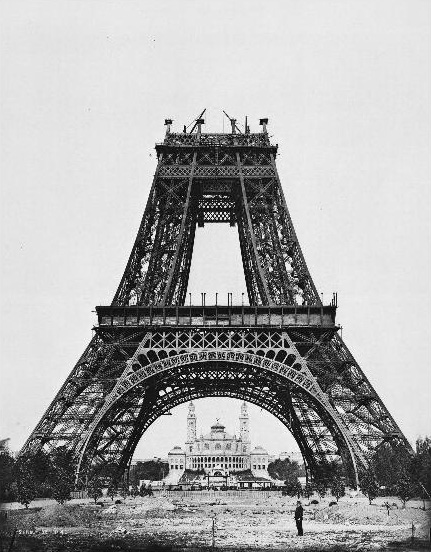
One might imagine that the controversy would die down once construction began. Not so much. As its frame grew the critics bellowed. Guy de Maupassant observed the half built Tower and remarked “The high and skinny pyramid of iron ladders, this giant ungainly skeleton upon a base that looks built to carry a colossal monument of the Cyclops, but which just peters out into a ridiculous thin shape like a factory chimney.” So serious was he that he threatened to leave France if the project advanced.
Many hoped that the Tower, like most construction associated with World’s Fairs at the time, would be razed after the Fair closed. It didn’t, but the calls for its destruction continued leading to plans to demolish it in 1900 and then again in 1910 when the original lease for the land was up. Each time it was saved however, first by the addition of lights that illuminated it at night, creating a spectacular vision and the second time by its unparalleled functionality as a host for radio transmitters.
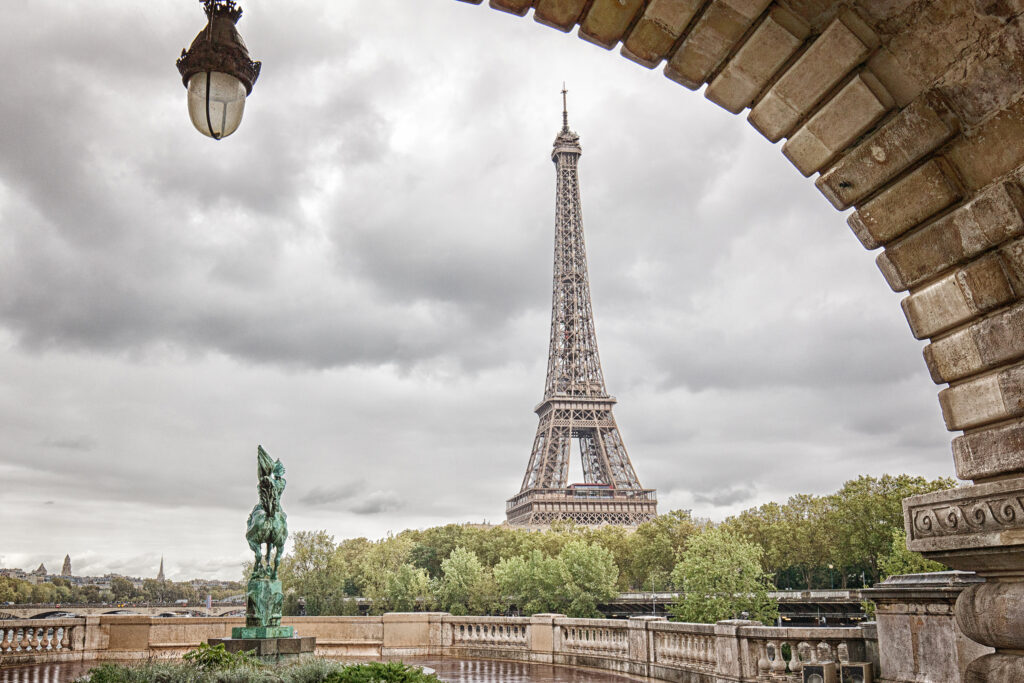
Today, 130 years after the first controversy and 30 years after the second, the sources of said controversies have taken their places as two of the most iconic buildings in the world, indeed as crown jewels in a city filled with sparkling architectural gemstones. But, think about it… if the mobs had had their way, we’d have neither. I for one am quite happy they didn’t!

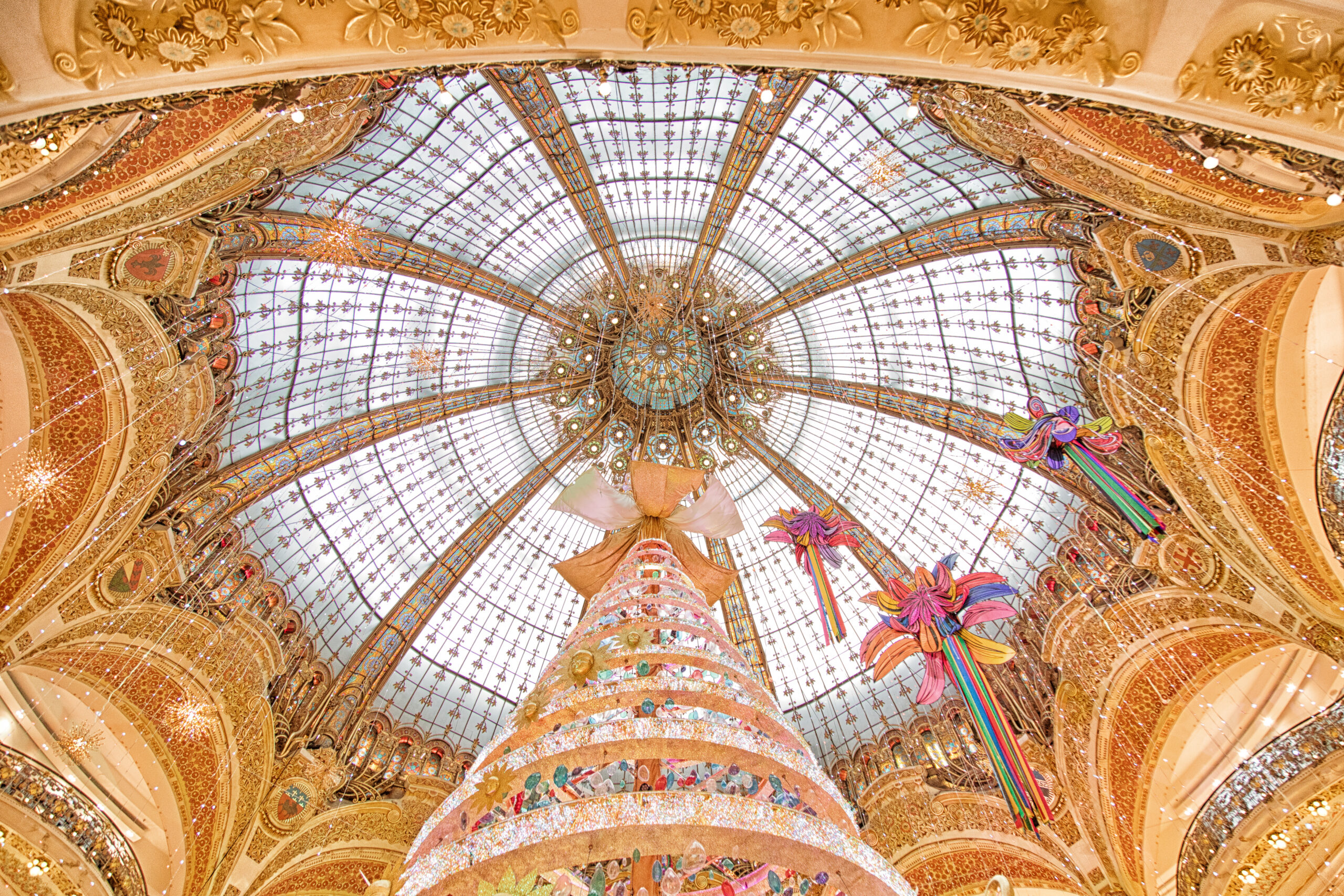
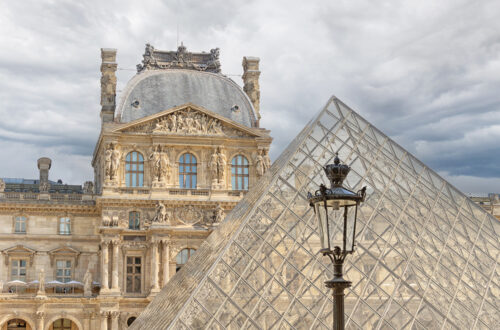
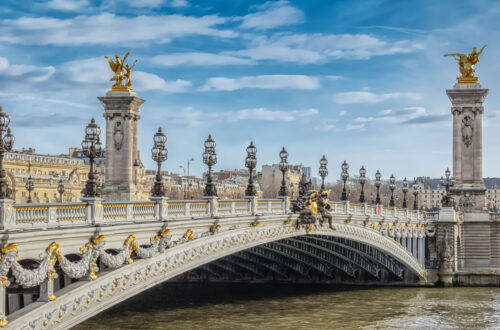
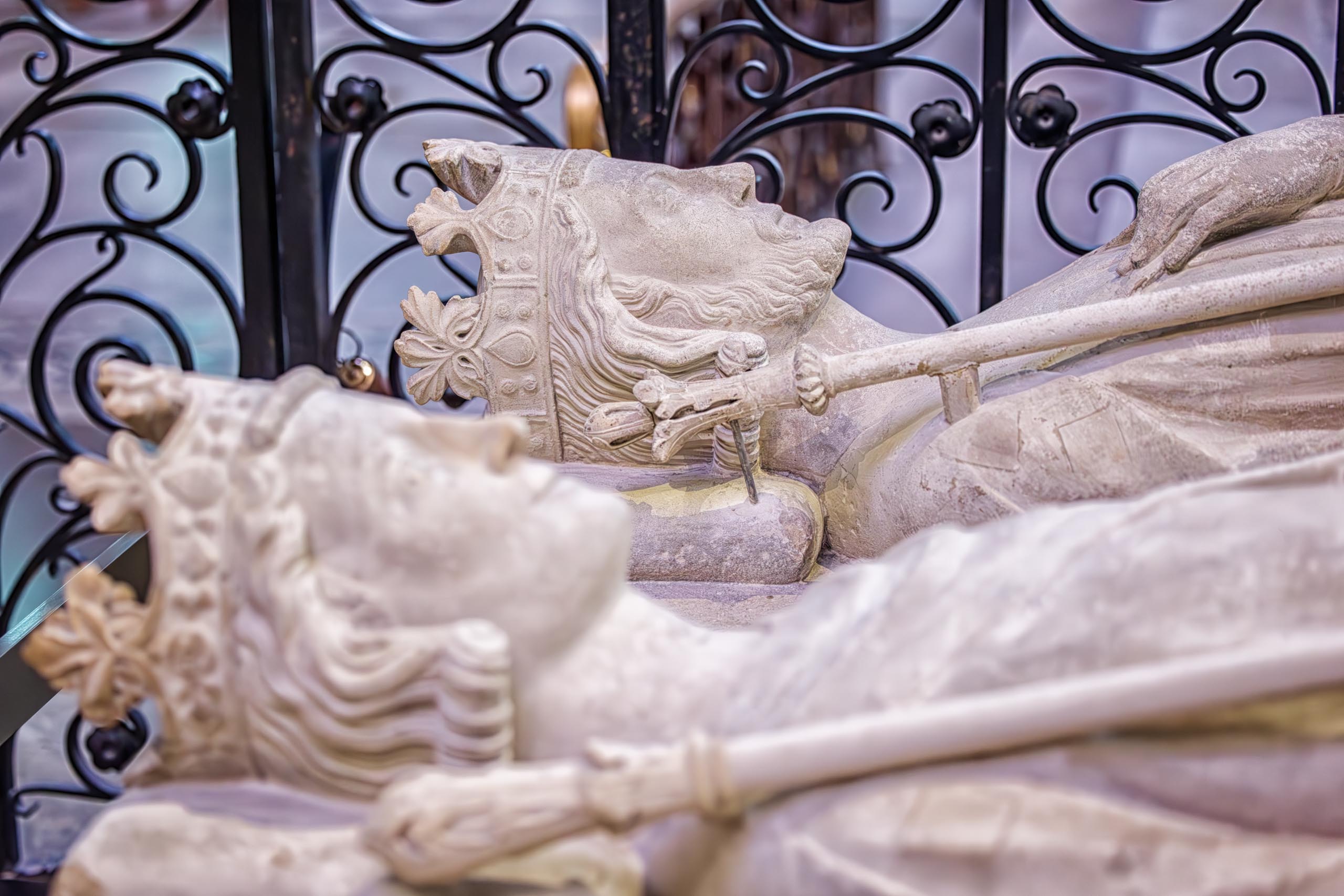
2 Comments
David McCullough
Great article!
admin
Thanks David!